Plants and colors share a fascinating and intricate relationship, one that adds vibrancy and beauty to our world. From earthy tones to vivid hues, the plant kingdom shows a diverse palette that never ceases to inspire. In this article, we’ll delve into the connection between plants and colors, exploring how they can be categorized into different groups with examples. We would show only the most exciting colors with their names and palettes. This way, you can easily get inspiration for your interior design or house decoration as well.
1. Earthy Tones:
Greenery: The color of life and growth, green is abundant in the plant world. It symbolizes renewal and balance. From emerald leaves to vibrant grass, green is synonymous with nature’s harmony. Examples include ferns, ivy and most houseplants.
Brown and Earthy Tones: These colors represent grounding and stability. Think of tree trunks, soil, and earthy terracotta pots. They bring a sense of warmth and connection to the earth. Examples include oak trees, succulents, and the color of terracotta plant pots.
2. Vivid and Bold Colors:
Fiery Reds: Flowers like the vibrant red roses evoke feelings of love and passion. Red shades are bold and energetic, making a powerful statement in the garden. Plants in this category include red roses, geraniums, and poppies.
Sunny Yellows: Yellow flowers like sunflowers and daffodils represent happiness, positivity, and the warmth of the sun. They’re like rays of sunshine in your garden. Examples include sunflowers, daffodils, and marigolds
Oceanic Blues: Blue blooms, such as delphiniums, hydrangeas and forget-me-nots symbolize calm and serenity. They’re like the soothing waves of the sea.
Radiant Purples: Purple plants like lavender, violets and lilacs are associated with luxury, spirituality, and creativity. They add an air of elegance to your green spaces.
3. Pastel and Soft Shades:
Soft Pinks: Flowers in shades of pink evoke feelings of romance and grace. They create a gentle and serene atmosphere. Plants like roses, peonies, and cherry blossoms are excellent examples.
Gentle Blues: Pale blues, such as hydrangeas, bluebells and periwinkles, represent tranquility and the beauty of the sky. They bring a sense of peace to your garden.
4. Variegated Colors:
Multi-Colored Foliage: This category includes plants with variegated leaves that display a mesmerizing blend of colors. They symbolize diversity and creativity in nature. Some examples are the calathea (with its striking leaf patterns), hosta, and coleus.
5. Color-Changing Plants:
Chameleons of the Garden: These plants change their flower colors based on specific conditions like soil pH. For example hydrangeas change colors based on soil pH and bougainvillea varies in color based on cultivar and growing conditions. They demonstrate the adaptability and versatility of nature.
6. Monochrome Gardens:
Single-Color Paradises: Monochrome gardens focus on a single-color theme featuring various plants all of the same color. For instance, a white garden may include white roses, white lilies, and white astilbes, while a purple garden might feature lavender, irises and purple coneflowers.
These examples illustrate how different plant species and varieties align with various color categories, allowing for a diverse and visually captivating garden or indoor plant collection. Whether you’re drawn to the grounding browns, the fiery reds or the soothing blues, there’s a plant and a hue for every mood and occasion. The plant world offers a rich spectrum of colors, each with its own symbolic and aesthetic value.
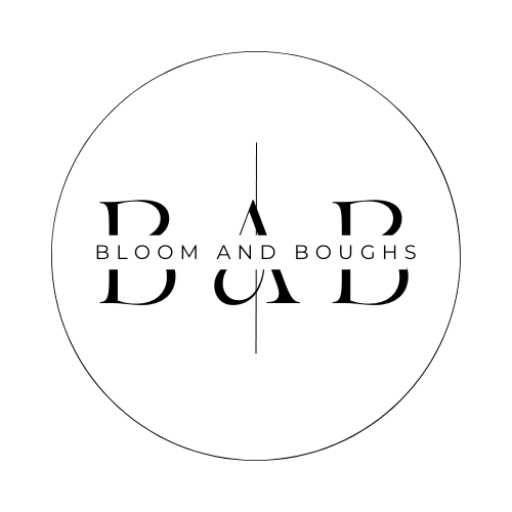
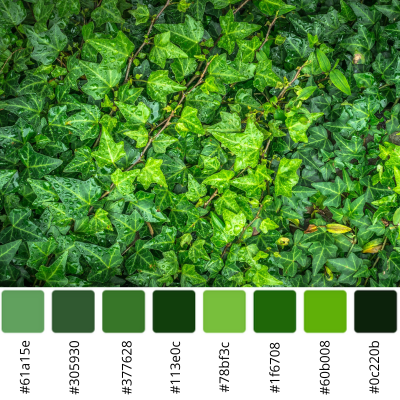


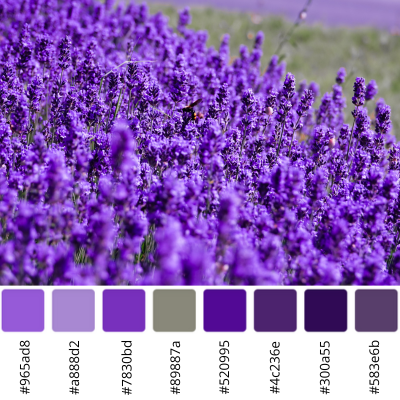
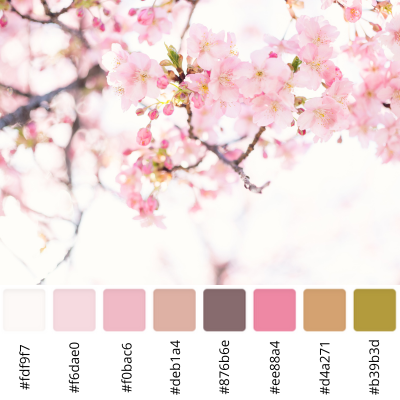
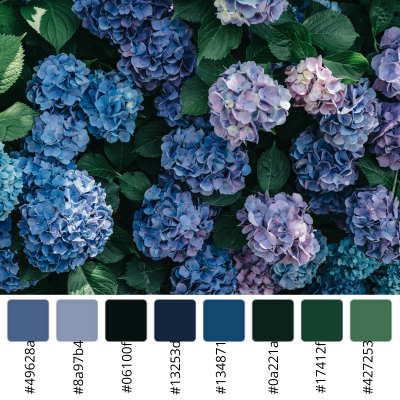
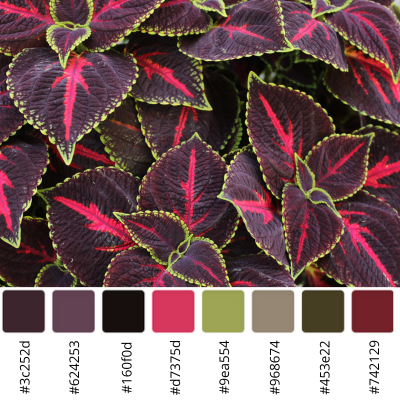

0 Comments